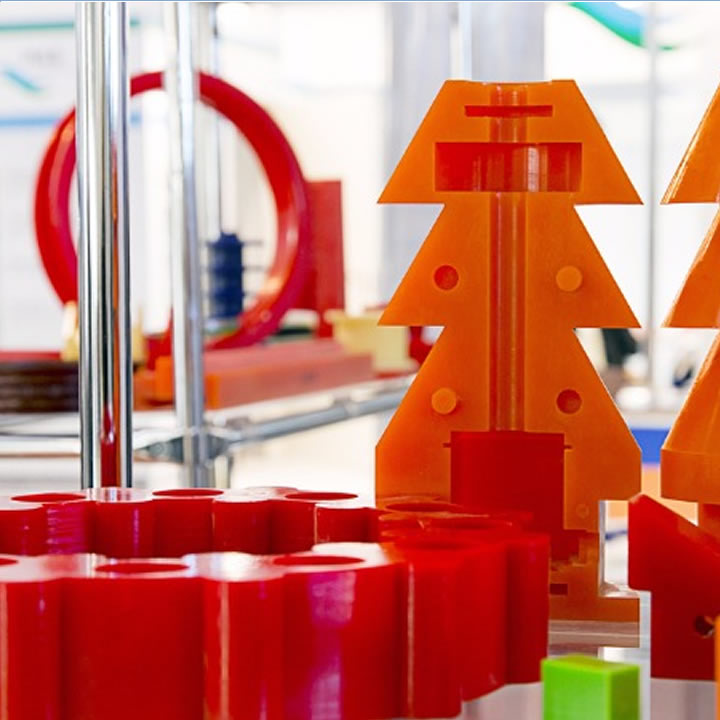There are many different types of molding, but one of the most popular is silicone molding. This process can create moldings for various applications, including medical devices, automotive parts, and kitchenware.
Silicone molding is a process in which silicone is injected into a mold to create the desired shape.
The silicone is then cured or hardened to create the final product. This process offers several advantages, including the ability to create highly detailed moldings and the ability to create moldings in a variety of shapes and sizes.
To learn more about the marvel of silicone molding, read on!
A Quick Overview
Due to the way it operates, vacuum mold casting is another name for silicone molding. Using sophisticated manufacturing techniques or a 3D printer, a 3D prototype of the manufactured material is cast, and a silicone mold is made from this master product.
Since the 1960s, when plastic vacuum casting technology was being developed in Germany, this technology has been in use. Although silicone resins had been used 20 years earlier, this was the period during which extensive research was conducted.
It brings to mind the rubber molds that sculptors and restorers used in the past.
The silicone mold is then filled with polyurethane utilizing the vacuum effect to create a prototype. Before the silicon mold degrades and becomes unsuitable, this technique can be repeated for multiple prototypes.
This method is an economic one to consider and enables the creation of small quantities for product testing. A corporation will only need to create a whole product factory line for a product that will only be tested using a small batch.
This is much more expensive than silicone molding.
How Does Silicone Molding Work
The initial iteration of a product can be created utilizing various techniques when it is created using computer-aided design. Then, a finished product prototype is created in silicone molding using stereolithography, CNC machining, or 3D printing.
This enables the creation of a master model that will be used to create a silicone mold and be cast around it.
The chassis of this master model mold is filled with liquid silicone. After the silicone mold has dried, the master model is removed by cutting the silicone mold along the separation plan. A manufacturer can produce a few more variations of the part using this mold.
With a vacuum casting machine, low-pressure vacuum injection generates the silicone mold to form the prototypes. Injection of a substance, such as polyurethane, into the silicone mold. After that, the component is cured while the material is allowed to dry.
The air in the mold is taken out using a vacuum machine as the material is injected and sucked in. This has the enormous advantage of removing the possibility of air bubbles accumulating inside the frame.
However, the issue with air bubbles is that they make the substance more likely to be brittle.
The silicone mold can be removed after the curing process is finished. The procedure is repeated numerous times to construct.
Key Advantages of Silicone Molding
For manufacturing companies that demand quality and precision, creating high-quality components is the key to success.
Medical device manufacturers, aviation engineers, and consumer product developers are constantly looking for diverse molding solutions to support world-class product design.
For several businesses that need reliable and simple molds, silicone mold production has emerged as a great solution.
Silicone molding is useful because it can satisfy clients’ special requirements across different sectors. Additionally, its adaptability and capacity to keep its elasticity offer a strong foundation for projects, including micro-molding and over-molding.
The following are some of the main advantages of creating silicone molds:
- Ability to withstand conditions that are extremely hot or cold
- Customizing silicone rubber to suit certain requirements is simple
- Minimal compression set
- Cures quickly during
- Excellent stability
- Excellent for molding parts that don’t need any additional processing
- Silicone sticks well to metals, glass, and plastics.
- Exceptional safety properties
- Allows for micro-molding, which is essential in the medical device sector
Particularly for manufacturers of medical devices, micro-molding has come into the spotlight as a critical molding sub-category. The need for molding micro-tiny device components will increase as the number of portable and implantable medical devices continues to soar.
Additionally, due to its affordability and stability, silicone mold production will grow in popularity because micro-molding is both difficult and expensive.
Conclusion
In conclusion, silicone molding is a versatile manufacturing process with many applications across industries.
The properties of silicone make it an ideal material for many products, from medical devices to car parts. As the demand for silicone products grows, so does the need for reliable and experienced silicone molding manufacturers.
Nice Rapid is a leading provider of silicone molding services with over 20 years of experience in the industry.

